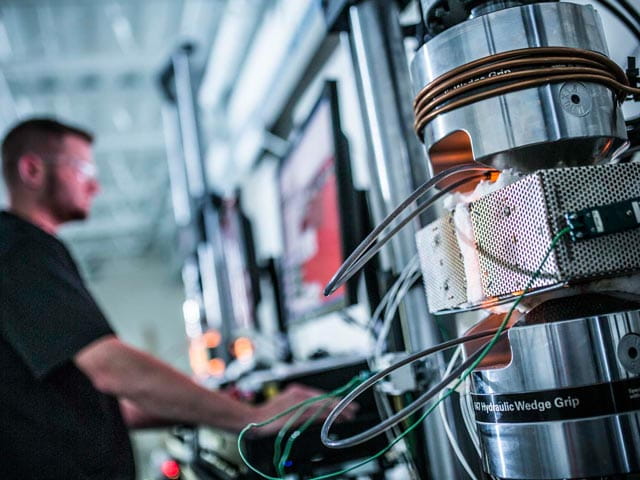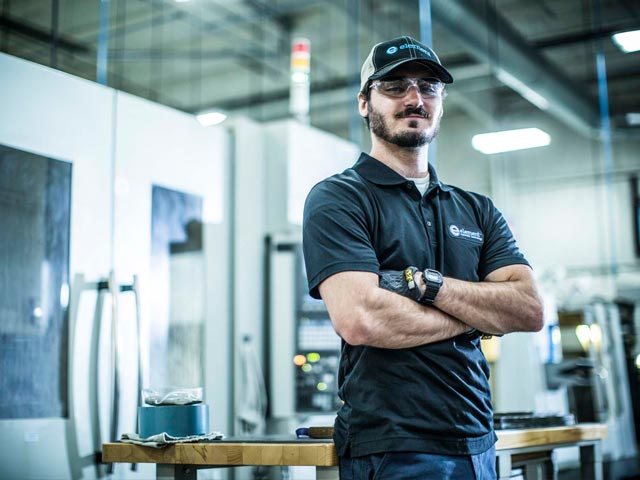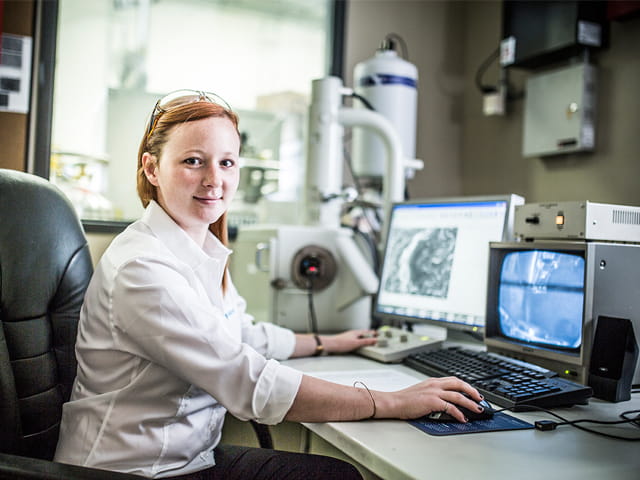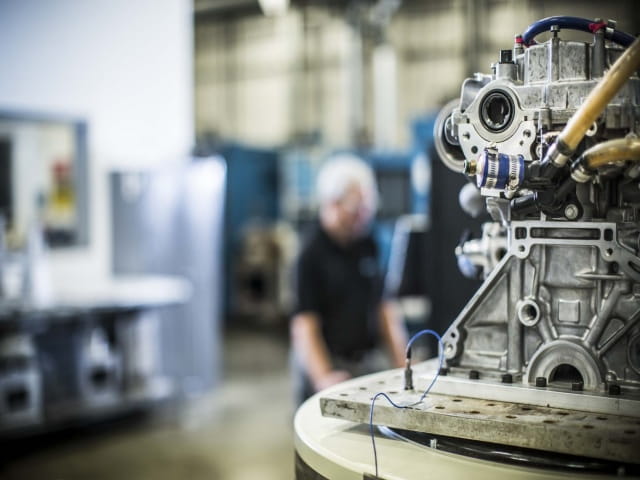Fatigue Testing in the Automotive Industry

By Engaged Expert
Dr. John TartagliaDr. John Tartaglia is a senior expert that specializes in the testing of wrought steels, aluminum and magnesium.
What is fatigue testing?
Fatigue is anything that involves alternating, or cyclic, stress or strain, and this loading can cause damage or cracking at stresses that are well below the yield strength of the material or component.
We refer to cycles of 100 to 10,000 as low cycle fatigue (LCF), and more than 10,000 is referred to as high cycle fatigue (HCF). This can be significant given that cars, or their components, may well have many millions of cycles.
What materials and parts are most commonly tested for fatigue in the automotive industry?
In terms of materials, the automotive sector primarily uses steel for structural parts, cast aluminum for cylinder blocks and heads, and cast iron for crankshafts. Aluminum is increasingly incorporated within the body panels and structural parts of vehicles. That said, larger vehicles such as trucks may make use of cast iron in parts such as heads and blocks, as a result of the loads and temperatures involved. Steel and aluminum are, however, increasingly formed in new ways: hydroforming to create tubular parts aims to reduce the weight of materials compared with older solid bar or plate structures.
For the purposes of fatigue testing, we can separate the uses of the materials into the structural parts of the vehicle and the powertrain. The structural part of the car includes center-pillars for doors and running boards. Other structural parts include frames, bumpers, brackets, engine cradles, seat parts, seat backs and wheels, all of which are tested at material and component level from the standpoint of vibration just as much as crash worthiness. Due to expense and complexity, heads and blocks are not usually fatigue tested; heads and blocks are usually fatigue tested with coupon samples, which are test specimens that have been excised and machined from the components. However, crankshafts and entire engines are still subjected to dynamometer testing with severe over-temperature and load conditions.
How does fatigue testing differ when testing different materials; composites vs. metals?
Within automotive manufacturing, polymer matrix composites (PMC) and carbon fiber reinforced polymers (CFRP) are used. Compared with metals, these materials provide interesting challenges for fatigue testing. From the standpoint of setting up the tests themselves, composite fatigue testing requires advanced machining techniques to avoid fiber pullout, sensitive load cells to measure low loads and advanced gripping techniques to avoid grip fractures that do not occur with metals.
Due to their anisotropic nature, PMCs present another challenge. The properties of these materials vary with direction, so lay-up techniques involving blanket methods are designed to remove the anisotropy. As a result, any fatigue testing requires consideration of the loading direction for lay-up structures.
Are there future trends in materials, technology, methods or tools that will cause change?
While the basic principles within fatigue testing have not changed in the last fifty years, specimen testing has certainly undergone a significant overhaul. Digitization of the test control and analytical data for strain life fatigue information has been the biggest change in fatigue testing.
A very significant development, which is gaining traction within the industry, is the increasing prevalence of "just-in-time" manufacturing methods. This has prompted manufacturers to assess how they can reduce the time taken in the fatigue testing stage. Naturally, long testing cycles require specific time frames, and accelerating fatigue test frequency will have consequences on the temperatures generated in the fatigue test sample, which may alter the results and conditions required.
Within the industry, the ultimate goal is to add very-high cycle fatigue (VHCF) tests to the current LCF/HCF testing, which will more accurately predict long-term fatigue life within the automotive sector. VHCF methods involve quite a radical re-think to fatigue testing. VHCF test development currently involves passing sound waves through samples, rather than current techniques applying fatigue strains to samples with moving servo-hydraulic actuators.
Another significant change we are working towards is the modeling of fatigue testing of materials. Models are predicted to introduce virtual casting and testing processes, which is a major change in the industry. These virtual processes will inevitably deliver significant savings on current physical metal processing and test methods, as certifying materials requires significant expense.
Life prediction is a big area of research, which will allow manufacturers to revise their processes to quickly deliver enhanced properties for materials and improved performance of their products and vehicles.
New manufacturing techniques, such as 3D printing, will present new challenges. Ultimately, we can't accurately predict the huge range of fatigue resistance benefits (or perhaps disadvantages) from these materials at this stage. As we gather more information about their manufacture and performance, we will see an increase in their use.
Contact our experts to get a quote or to find out more about how we can help with your testing requirements.
Find related Resources
More from Element
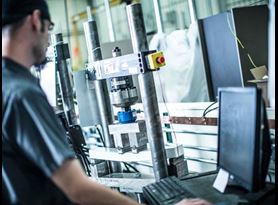
Fatigue Testing
Find out how Element's fatigue testing labs help companies meet quality requirements and create safer, stronger, more successful parts and products.
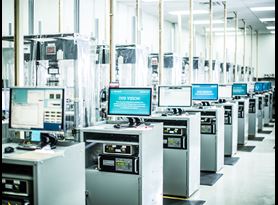
Materials Testing
Our materials testing labs are staffed by Engaged Experts working tirelessly to solve our clients' most complex technical and commercial challenges.

John Tartaglia
Dr. Tartaglia has been performing materials characterization and failure analyses for more than 25 years and is a materials expert in wrought steels, aluminum and magnesium.
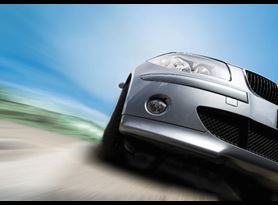
End-to-End Services in Transportation
Providing testing from Research and Development, to Design Validation and through Production Validation, Element can provide you with certainty.

